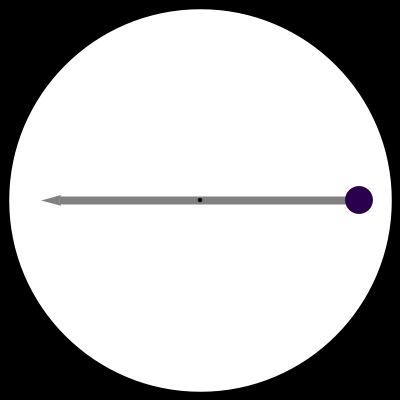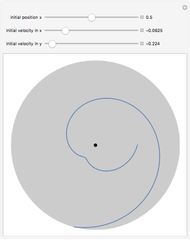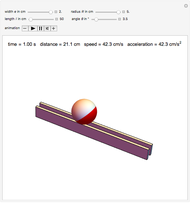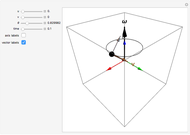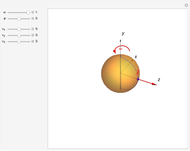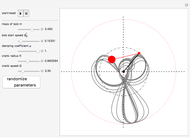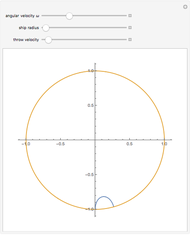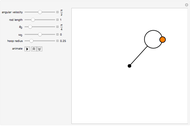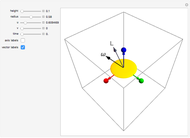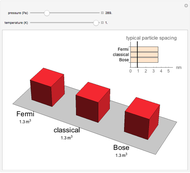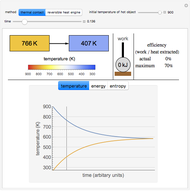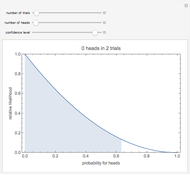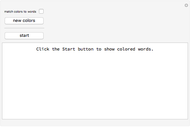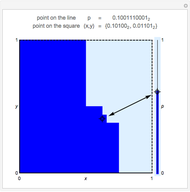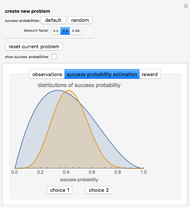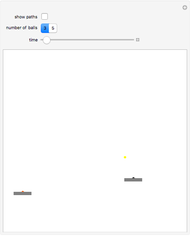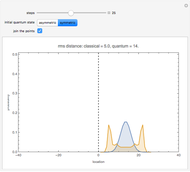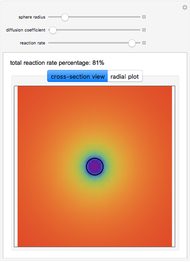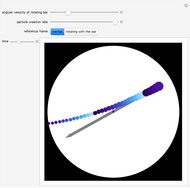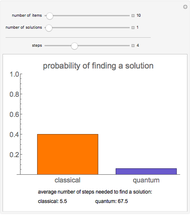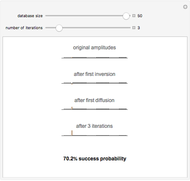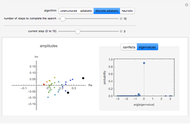Particles Thrown from a Rotating Bar

Requires a Wolfram Notebook System
Interact on desktop, mobile and cloud with the free Wolfram Player or other Wolfram Language products.
This Demonstration shows the motion of particles thrown from one end of a rotating bar toward the center of the bar. The bar's rotation makes successive particles at a given time lie along a curve that rotates with the bar. In spite of this appearance, each particle moves in a straight line in the inertial reference frame. On the other hand, particles follow a curved path due to Coriolis and centrifugal accelerations when viewed in the rotating reference frame.
Contributed by: Tad Hogg (March 2011)
Open content licensed under CC BY-NC-SA
Snapshots
Details
The bar rotates counterclockwise. Particles pass to the right of the center (as viewed from the end of the bar from where the particles are thrown toward the center).
The particles are shown with different colors and with their sizes decreasing in time as they move away from their source on the end of the rotating bar. These are visual aids to help follow individual particles as they move. If the time is increased too rapidly, the particles can appear to move backwards toward the source—in that case, changing the time more slowly will show their actual behavior of moving from the source toward the boundary of the circle.
Snapshot 1: high particle creation rate approximates behavior of a fluid squirting from the end of the bar toward its center
Snapshot 2: low particle creation rate allows seeing each particle move in a straight line when viewed in the inertial reference frame
Snapshot 3: particles follow a curved path when viewed in the rotating reference frame (where the bar does not move)
This Demonstration was inspired by a rotating fluid demonstration at Queensland Museum Sciencentre, Brisbane, Australia.
Permanent Citation
